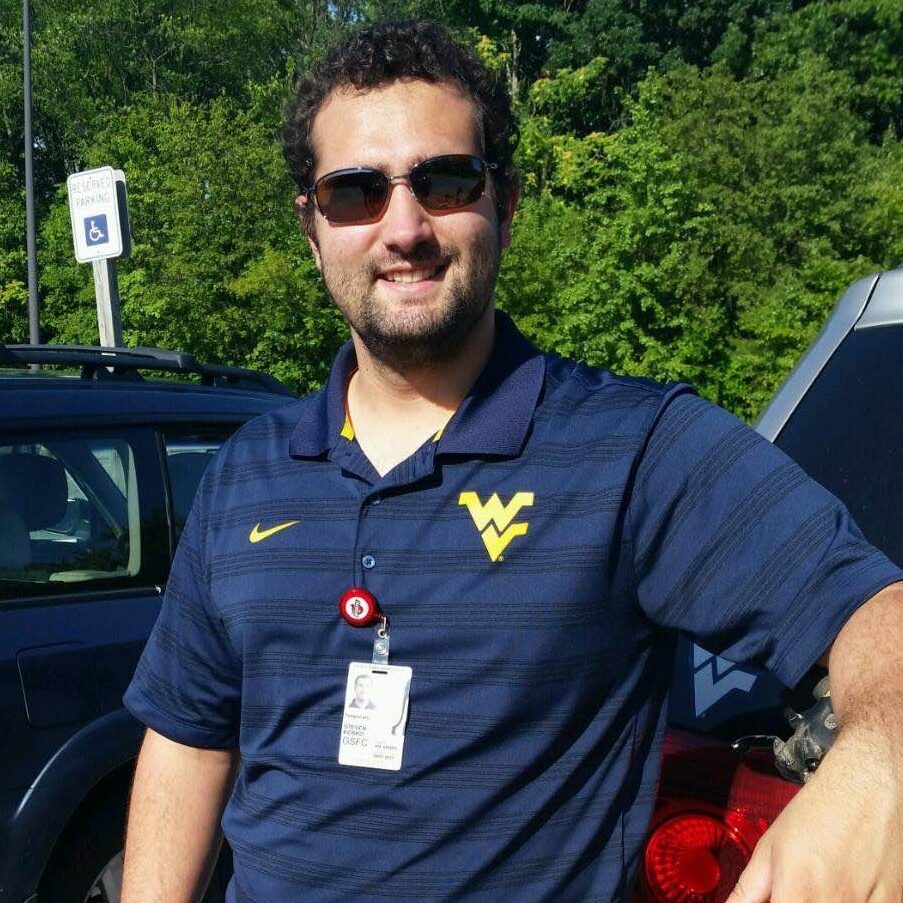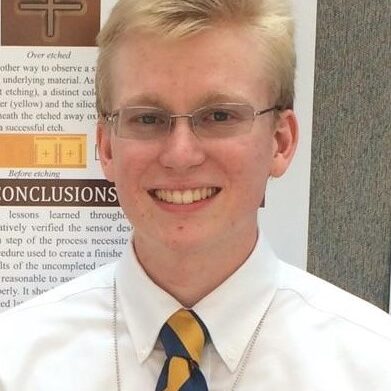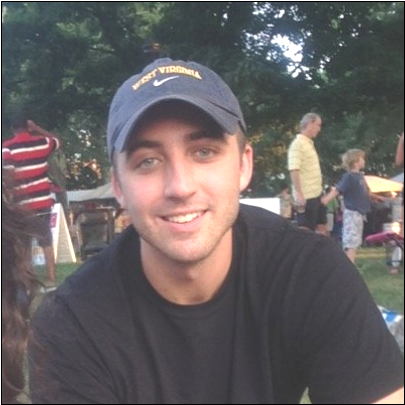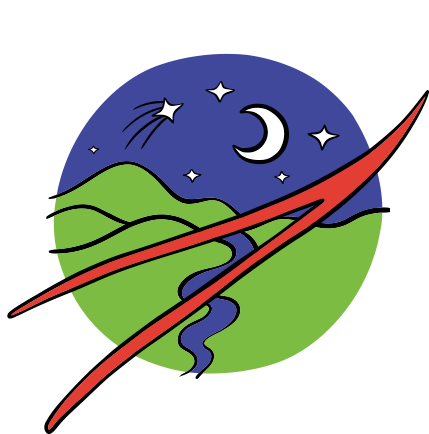Student Internship Experiences
Steve Kosko
Home Town: Poland, OH
Institution: West Virginia University
Major: Mechanical and Aerospace Engineering
Internship Location: NASA Goddard Space Flight Center
How did you find/connect with your state Space Grant Consortium?
I first connected with the state space grant consortium through applying for an undergraduate research grant in 2013 for research with the WVU microgravity research team. This past summer I connected with the space grant consortium through applying for an internship at NASA Goddard on the OSSI website.
What did you do during your internship (brief summary of intern project)?
During my internship I worked at NASA Goddard. I researched an designed an experiment for testing the long duration effects of propellant sloshing in a microgravity environment. The experiment was designed to be tested on the international space station. The data collected will be used to validate current computational Floyd dynamics models.
What did you enjoy the most about your internship?
It was an awesome experience to work at NASA Goddard over the summer. I like how much freedom I was given to work on the design of a project over the course of the summer. However the best part was working with and learning from the engineers at NASA.
What are your future academic/career goals?
My current career goal is to find a job in research and development in the aerospace industry.
What advice do you have for other students seeking an internship?
Get involved in clubs and other groups that will help give you relevant experience. I was selected for this internship because of my experience with the WVU microgravity research team. Extra curricular activities relevant to your major, will help you stand out from the rest of the applicants. Additionally, you need to apply early and to every job you think you can do. Especially if it’s for your first internship.

OSSI Website

Jonathan Itschner
Home Town: Prince Frederick, MD
Institution: West Virginia University
Major: Electrical Engineering/ Biometric Systems Engineering
Internship Location: NASA Goddard Space Flight Center
How did you find/connect with your state Space Grant Consortium?
Mr. Justin Smith, NASA IV&V Facility, made a presentation at an IEEE meeting, and demonstrated how to view and apply for internship opportunities on the OSSI website.
What did you do during your internship (brief summary of intern project)?
Microfabrication processes allow for the development of compact electrical sensors and mechanisms nearly invisible to the naked eye. Most of my internship was spent in a Class 100 clean room, which is a necessity for microfabrication since even the smallest particle can contaminate the fabrication process. Various microfabrication procedures such as photolithography, reactive ion etching, and metal deposition were used to make MEMS (Microelectromechanical systems) devices.
What did you enjoy the most about your internship?
Being able to work in the lab alongside full time NASA employees was a truly humbling experience. I was also fortunate to have a fairly large group of fellow interns to share the summer with. Networking with other interns from all over the country in addition to my mentors was perhaps my favorite part of the experience.
What are your future academic/career goals?
I am currently pursuing a MS in Electrical Engineering at West Virginia University, and I plan to consider this field as a potential career path.
What advice do you have for other students seeking an internship?
Don’t be afraid to apply, even if you think you could not possibly be chosen! Take the initiative to seek out any available positions, even if it is something that you would normally not consider.
Taylor Gosnell
Home Town: Oakland, Maryland
Institution: West Virginia University
Major: Dual Major in Mechanical and Aerospace Engineering
Internship Location: NASA Goddard Space Flight Center
What did you do during your internship (brief summary of intern project)?
I worked in the Materials Engineering sector (Code 541) at NASA Goddard. The lab I worked in was specifically for small-scale mechanical testing. My main project was to develop a low cost extended depth of field microscope for the materials lab using off-the shelf components. Microscopes with extended depth of field capabilities already exist commercially, but are very expensive. My branch did not have the funds to purchase one commercially, so I developed one for them using mostly parts they already had in the lab. The project involved designing, building, and programming the device using many engineering software platforms I have learned in my studies. My device was successful and cut costs by about $87,000. I also assisted in performing mechanical tests for pertinent NASA projects such as the James Webb Space Telescope. My final task involved using the cutting edge technology of 3-D printing. I printed various parts for the lab including small fixtures for lab testing activities.
What did you enjoy the most about your internship?
I really enjoyed getting hands on experience with some of the most important NASA projects. I assisted in various tests for the sunshield on the James Webb Space Telescope. Knowing that I played a role in furthering our understanding of space is a feeling that is indescribable. The opportunity to improve my professional development skills was an unexpected, but invaluable outcome. I was able to talk to some of the world’s smartest engineers and scientists on a daily basis. Networking events opened opportunities for me to meet some very influential people, such as the Nobel Prize winner John Mathers. Not only did I learned from working on projects, but I also gained knowledge from the people around me that I will take with me as a progress through my career.
What are your future academic/career goals?
As far as academic goals, I plan on graduating in December 2016 and jumping into industry. I may come back to academia later in life, but for now I want to start my career in industry. My goal is to get a job working in the aerospace and defense sector, and I would love to come back to NASA or any of the companies in the private sector of space. It has also always been a goal of mine to work on a team that designs fighter jets for a major government contractor. The opportunities I had during my internship with NASA have brought me a step closer to both of these life-long goals.
What advice do you have for other students seeking an internship?
It is never too early to start looking for internships. It is highly recommend that students start seeking internships during their freshman year. Internships not only provide real world experience, but they also help students figure out their true interests. I also suggest that students be persistent in their search and never get discouraged. There’s always opportunity out there, it’s up to us to find it and take advantage of it.
Any other comments?
I would just like to thank the West Virginia Space Grant Consortium again for sponsoring and funding my internship. It was an invaluable experience that I will take with throughout my career. Working at NASA has always been a dream of mine and they helped make that dream a reality.


They also connected me with several internships and organizations that, in turn, allowed me the freedom to determine the scope of my education as it could be applied to the real world.
